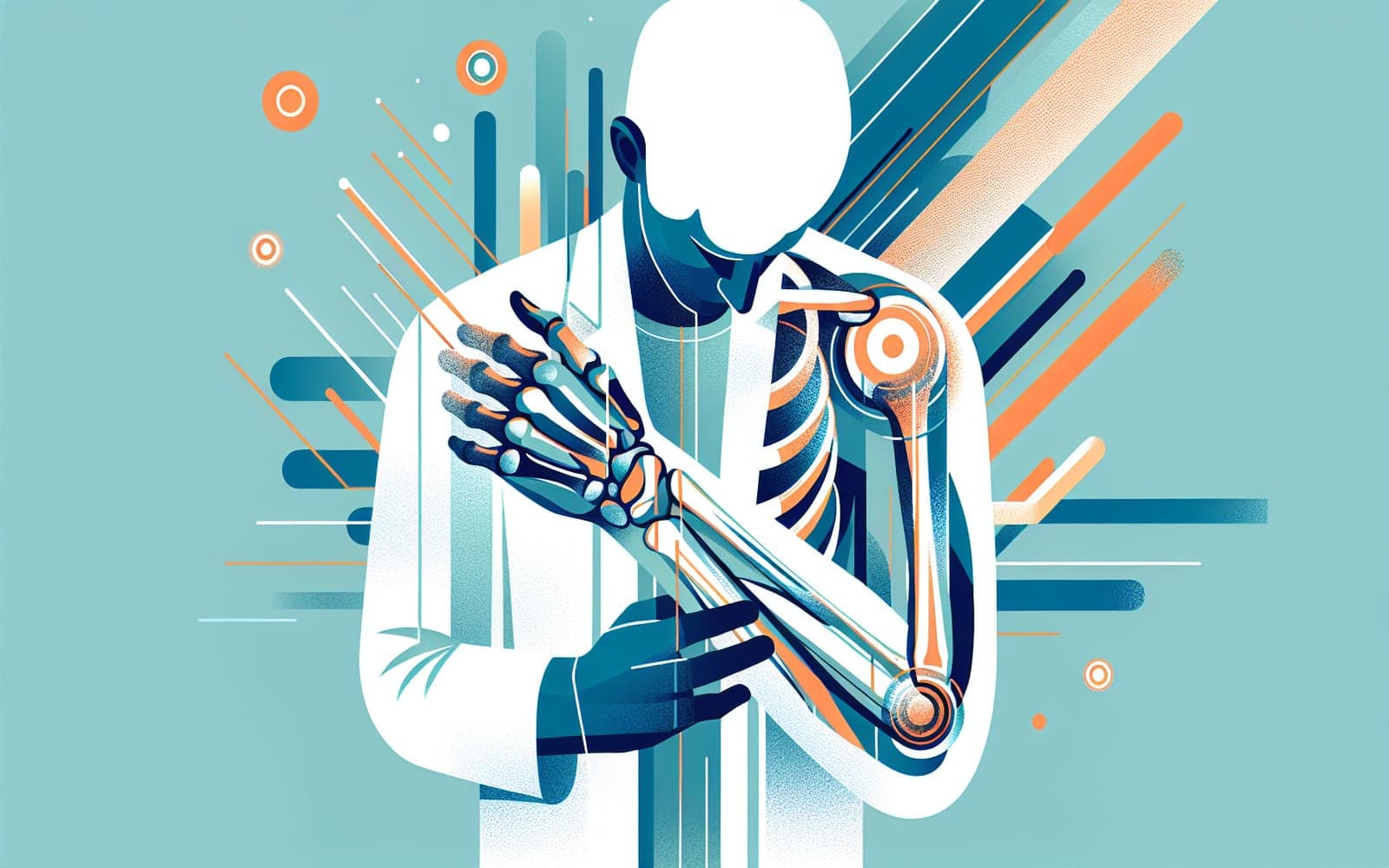What You Need to Know About Rotator Cuff Tears
Published: Sep 25, 2024

Medically reviewed by Alan Lucks | MD, Alan Lucks MDPC Private Practice - New York on September 25th, 2024.
Rotator cuff tears are a common shoulder injury that can cause pain and limit arm function. This article breaks down the types of tears, risk factors, and what they mean for you.
Contents
Understanding Rotator Cuff Tears
The rotator cuff is a group of four muscles and tendons that stabilize your shoulder joint. Tears can occur due to injury or wear and tear over time. These tears can be partial or full-thickness, meaning they vary in size and severity. Factors like age, cholesterol, diabetes, and obesity can increase the risk of these tears.
Types of Tears
Rotator cuff tears can be acute, subacute, or chronic. Acute tears often happen suddenly, like during sports or a fall, while chronic tears develop over time. Tears are classified by size: small, medium, large, or massive, with massive tears affecting multiple tendons. Chronic tears may show muscle atrophy or fat infiltration.

Common Symptoms
Symptoms of rotator cuff tears include shoulder pain, weakness, and difficulty lifting the arm. Some people may experience a popping sensation or limited range of motion. Symptoms often worsen over time if not treated properly.
Frequently Asked Questions
They are injuries to the shoulder muscles and tendons.
Risk factors include age, diabetes, and obesity.
By thickness (partial/full) and size (small to massive).
Pain, weakness, and limited arm movement.
Key Takeaways
Understanding rotator cuff tears can help you seek timely treatment and improve outcomes.
Discuss your symptoms and treatment options with Doctronic today.Related Articles
References
Clark JM, Harryman DT 2nd. Tendons, ligaments, and capsule of the rotator cuff. Gross and microscopic anatomy. J Bone Joint Surg Am 1992; 74:713.
Perry J. Anatomy and biomechanics of the shoulder in throwing, swimming, gymnastics, and tennis. Clin Sports Med 1983; 2:247.
This article has been reviewed for accuracy by one of the licensed medical doctors working for Doctronic. Always discuss health information with your healthcare provider.

